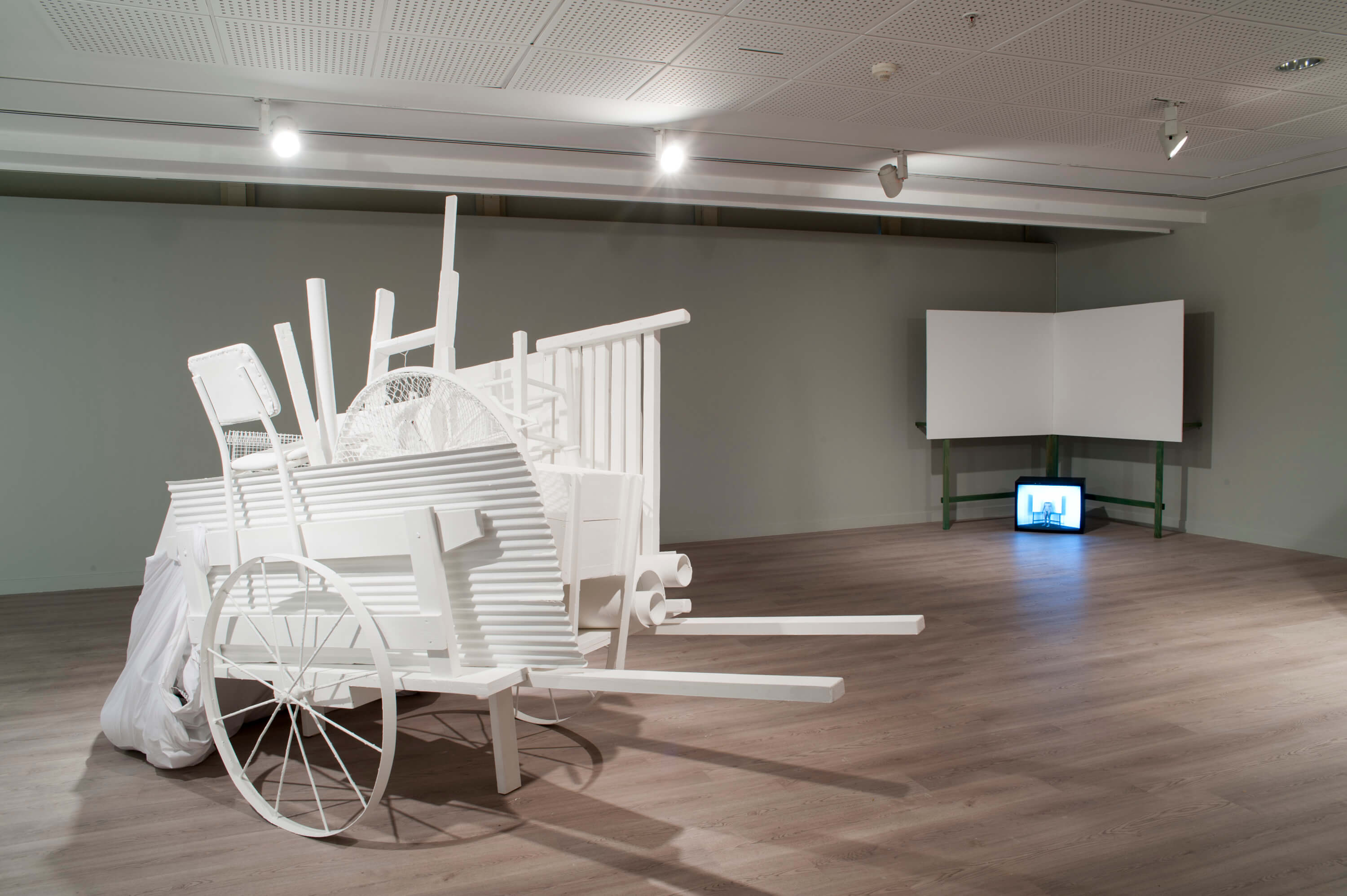Director: Federico Fellini
Cast: Franco Interlenghi, Alberto Sordi, Franco Fabrizi
Italy, France 92’, 1956, black & white
Italian with Turkish subtitles
Five young men linger in a post-adolescent limbo, dreaming of adventure and escape from their small seacoast town. They while away time spending the lira doled out by their indulgent families on drink, women, and nights at the local pool hall. Fellini’s second film is a semiautobiographical masterpiece of sharply drawn character sketches: Skirt chaser Fausto, forced to marry a girl he has impregnated; Alberto, the perpetual child; Leopoldo, a writer thirsting for fame; and Moraldo, the only member of the group troubled by a moral conscience. An international success and recipient of an Academy Award nomination for Best Original Screenplay, I Vitelloni compassionately details a year in the life of a group of small-town lay-abouts struggling to find meaning in their lives.
Trailer

Pera Museum, in collaboration with Istanbul Foundation for Culture and Arts (İKSV), is one of the main venues for this year’s 15th Istanbul Biennial from 16 September to 12 November 2017. Through the biennial, we will be sharing detailed information about the artists and the artworks.
Tuesday - Saturday 10:00 - 19:00
Friday 10:00 - 22:00
Sunday 12:00 - 18:00
The museum is closed on Mondays.
On Wednesdays, the students can
visit the museum free of admission.
Full ticket: 300 TL
Discounted: 150 TL
Groups: 200 TL (minimum 10 people)